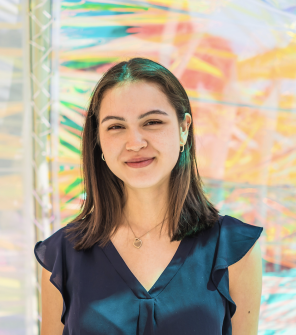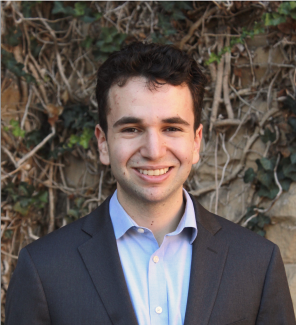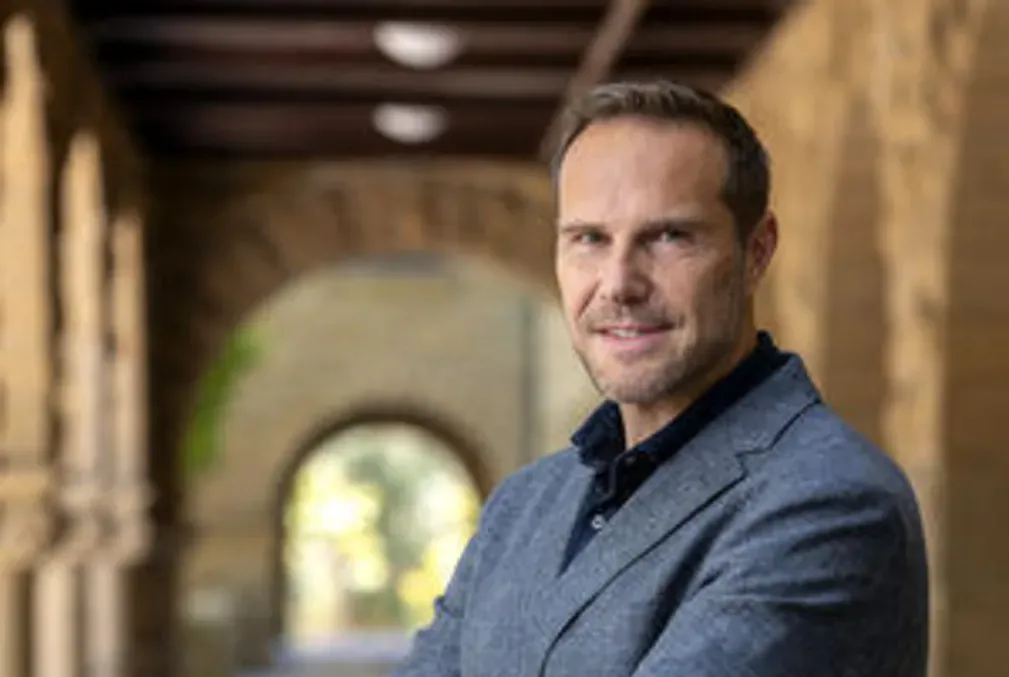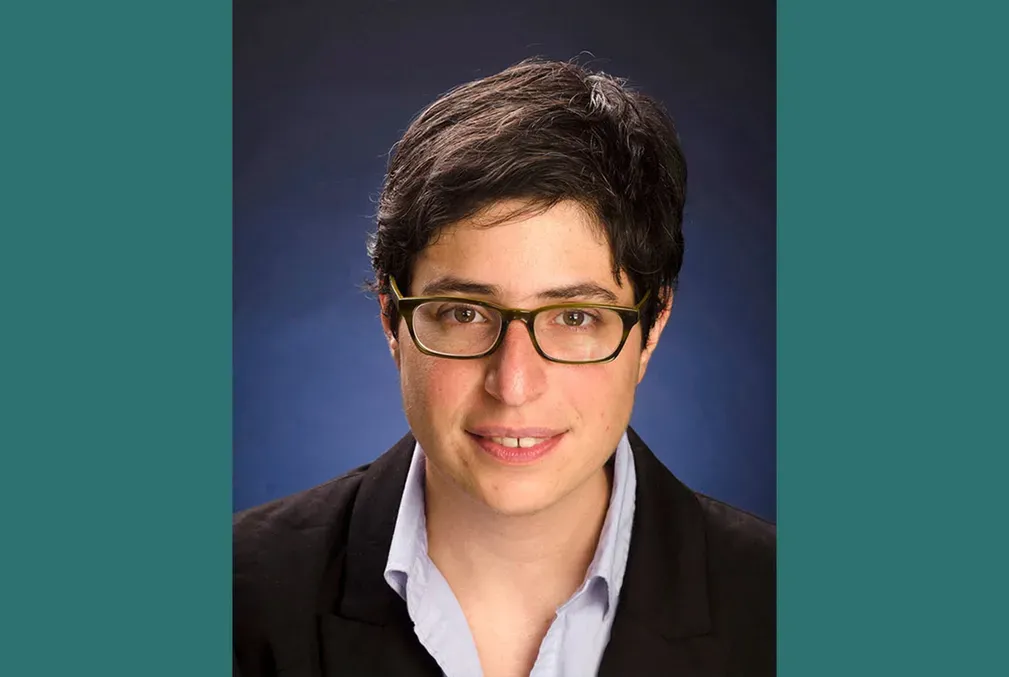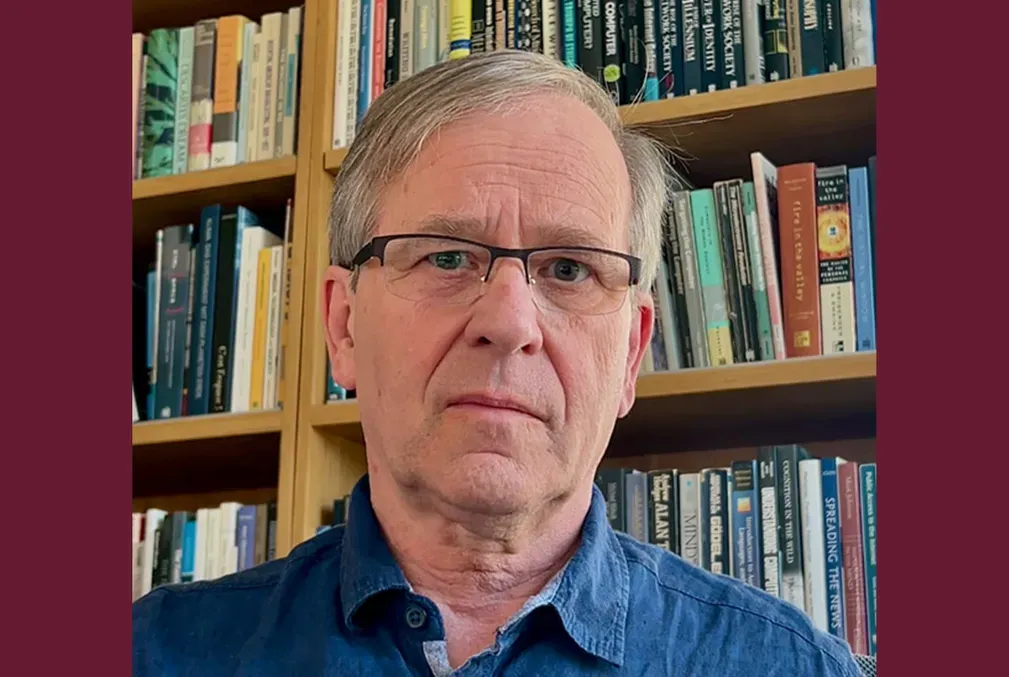2022 Sterling Award winners honor their mentors
2022 winners of the highest academic honor given by the School of Humanities and Sciences acknowledge the secondary-school teachers and Stanford faculty who shaped their journeys
The J. E. Wallace Sterling Award is given to the top 25 graduating seniors in the School of Humanities and Sciences (H&S) in recognition of their efforts and academic achievements throughout their undergraduate education. Winners have the opportunity to acknowledge two individuals who helped them along their academic journeys—an influential secondary-school teacher and a Stanford mentor.
Three Sterling Award winners below provide a snapshot of the unique stories and backgrounds of each student awardee.
Katerina Fong, ’22, said her secondary-school teacher Jordan Brown always encouraged her to be intellectually curious and to interrogate the relationship between the past and present. “I am indebted to Mr. Brown for nurturing in me the rigorous habits of mind and passion for learning and making the world a better place that have guided my studies and my life trajectory,” Fong said.
Brown said Fong “is not just an intellectual dynamo in her written work; in class, she consistently demonstrated a higher-level understanding of course content, a willingness to grapple with complex historical and current issues, and a respectfulness towards her peers.”
At Stanford, Fong worked closely with Marci Kwon, assistant professor in the Department of Art and Art History in H&S, who Fong said encouraged her to pursue her dreams. “As Marci always says, art history is where I get to exist as the most complex version of myself,” Fong added.
“Katie Fong sparkles,” Kwon said. “She brings her sharp mind and open heart to all that she does, be it research, writing, or acapella. Her deep care for art is evident in her ardent advocacy for BIPOC artists and the tender way she elucidates their practice with language.”
Nadav S. Ziv, ’22, said his high school teacher and debate coach, Kenneth Barrett, helped nurture his path to politics, speechwriting, and oral communication.
“His poise, character, and passion made him an outstanding participant in every learning environment,” Barrett said. “[He is] one of the few students to ever TEACH my class as a graduate and contribute to those who followed in his steps.”
At Stanford, Ziv said Sam Wineburg, the Margaret Jacks Professor of Education, Emeritus, at Stanford’s Graduate School of Education, was very influential. “My first quarter at Stanford, Professor Wineburg saw an op-ed I wrote about his work in The Stanford Daily. He invited me to grab coffee and later, to join his research team. … Over the past four years, he’s treated me as an intellectual partner and co-author as he became an indispensable mentor. There are professors you remember. And then there are ones like Sam Wineburg, who permanently changed my life.”
“Nadav thinks he was my student. He’s wrong,” Wineburg said. “From the moment I met him, whether he knew it or not, Nadav was my peer, my colleague. … A Nadav comes along once in a 30+ year teaching career. What a blessing it is to have met him, to have worked with him, but most of all, to have learned from him.”
It was in Bryanna Ogochukwu Godfrey’s sophomore year of high school that teacher Dema Deslaurier made a positive impact supporting and challenging her in Advanced Placement classes. Godfrey, ’22, said Deslaurier helped her discover her own passion for teaching, which she hopes will grow in future academic medicine practice.
“Bryanna is a Renaissance woman,” Deslaurier said. “Not only is she brilliant, expressing herself with a maturity well beyond her years in essays and excelling on exams, but also in her life beyond my classroom.”
At Stanford, Paul Graham Fisher, the Bierne Family Professor of Pediatric Neuro-oncology at Stanford Medicine, was Godfrey’s advisor. She said he pushed her “to consider opportunities that I never would have considered otherwise.”
“Bryanna is the epitome of a Stanford undergrad who is easy to advise and mentor,” Fisher said. “She came to Stanford ‘hard-wired’ with intellectual curiosity, internal drive, and ebullience.”
